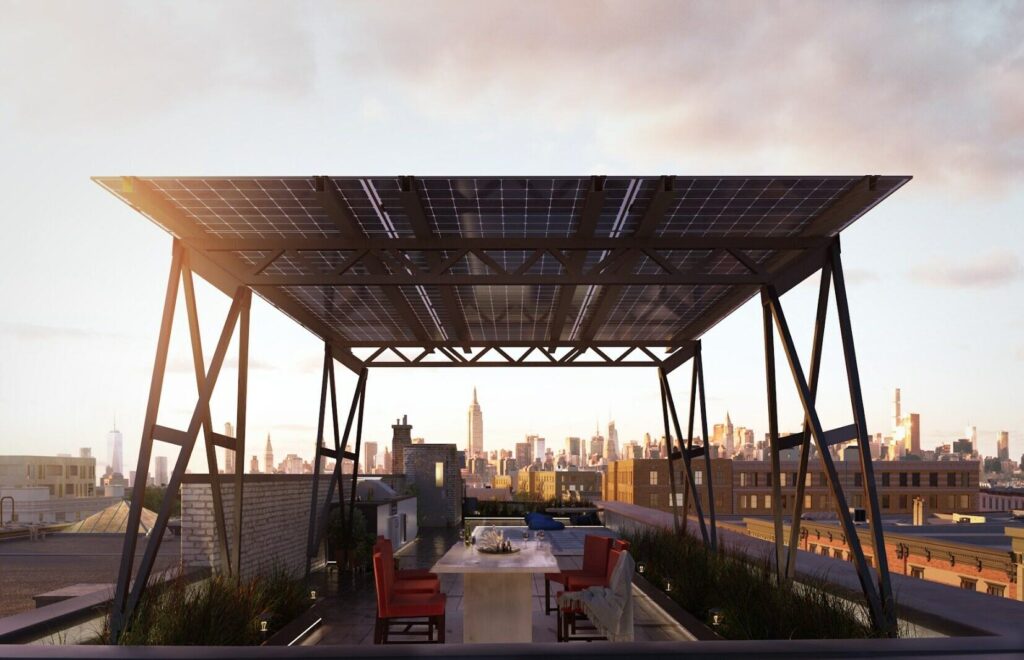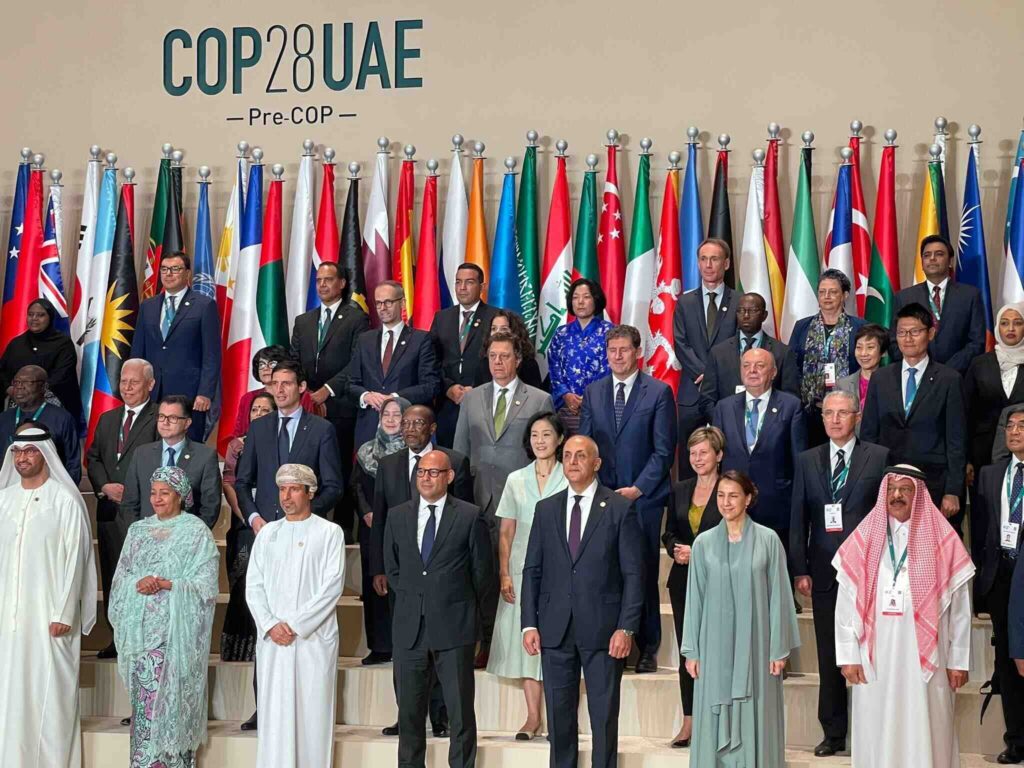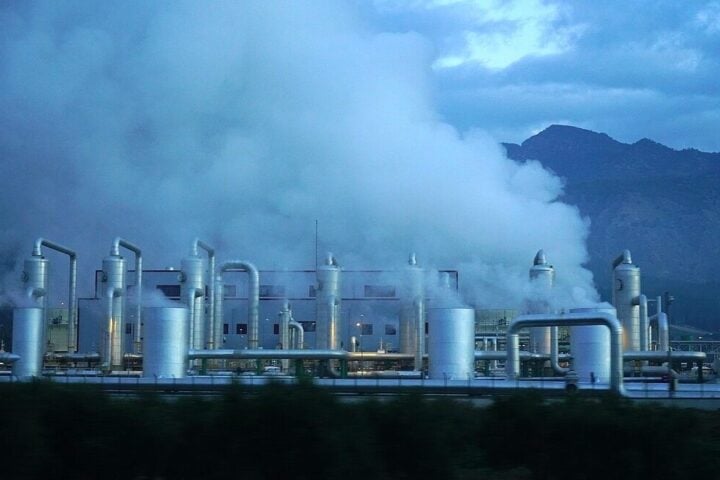Let’s talk about how we keep our electric grid stable. It’s a bit like a high-wire balancing act, where electricity production and consumption must always match to maintain the grid’s 50 Hz frequency. Usually, this is done with meticulous planning, but sometimes unexpected events, like a power plant outage or a wrong weather forecast, can throw things off balance. That’s where grid balancing services come in, especially in the EU, where these services are bought and sold on open markets managed by local operators, like Fingrid in Finland.
Now, enter the Sand Battery from Polar Night Energy. This innovative device is an electricity consumer, storing energy as heat. When it’s charging, it’s consuming electricity, and when it stops, it’s reducing consumption. This flexibility makes it a perfect candidate for providing grid balancing services.
Here’s a quick rundown of how these services work. There are different types of reserves for different needs. For instance, Frequency Containment Reserves (FCR) control the grid frequency constantly. Frequency Restoration Reserves (FRR) help bring the frequency back to the normal 50 Hz and relieve the FCRs in case of a deviation. The Sand Battery can participate in these markets by adjusting its charging behavior according to the grid’s needs.
Similar Posts
Now, let’s talk money. These reserve markets are essentially about being ready to balance the grid, and participants get paid for this readiness. Let’s say we have a 2 MW Sand Battery. If it participates in a reserve market, like the FCR-D down market, it gets compensated for its readiness to help balance the grid. The compensation is based on the most expensive accepted bid in the market, a system known as Marginal pricing.
Let’s look at a real-world example to understand this better. In a case study of a spa with a 2 MW Sand Battery, it was found that by participating in grid balancing markets, the Sand Battery not only covered its charging costs but actually made a profit, resulting in a negative cost for the produced heat.
This chart provides a financial overview for the period 16/8/2023 – 15/9/2023:
- Profits from aFRR up: Income from providing aFRR up services – €9,000
- Profits from aFRR down: Income from providing aFRR down services – €29,000
- Total aFRR profits: Combined profits from aFRR up and down – €38,000
- Charging costs: Costs associated with charging the Sand Battery – €4,200
- Final costs: Total costs after accounting for profits and charging costs – €33,800
- Price for produced heat: Final cost per MWh for the produced heat – €94
Amounts are in Euros (€).
Terhi Moisala, a data scientist, explains this beautifully, “The profits from aFRR markets were enough to cover the charging costs, with a nice margin! Yes, that would mean that you make money by producing heat.”
This isn’t just an isolated case. Energy storage systems like the Sand Battery are becoming increasingly important in a world where renewable energy sources, which can be intermittent and unpredictable, are growing in popularity. These systems can help stabilize the grid, ensuring a constant, reliable energy supply.
In the broader context of sustainable energy transition, projects like these are essential. They show how innovative solutions can not only support the grid but also be financially beneficial. This aligns with the goals of initiatives like ERA-Net Smart Energy Systems, which fund projects that promote sustainable energy transitions.
In summary, the Sand Battery isn’t just a clever piece of technology; it’s a significant player in the future of energy, blending sustainability with economic viability. As we move towards a more renewable-centric energy landscape, such innovations are vital for ensuring a stable and efficient energy grid.

















